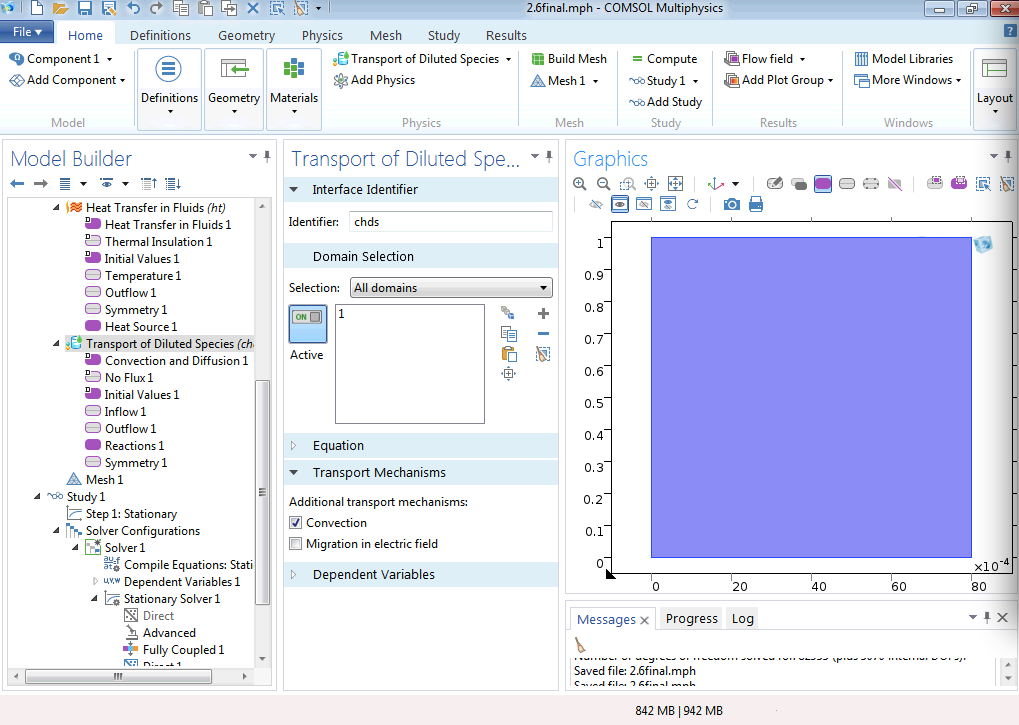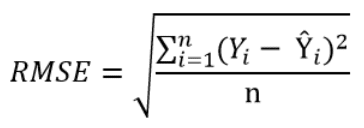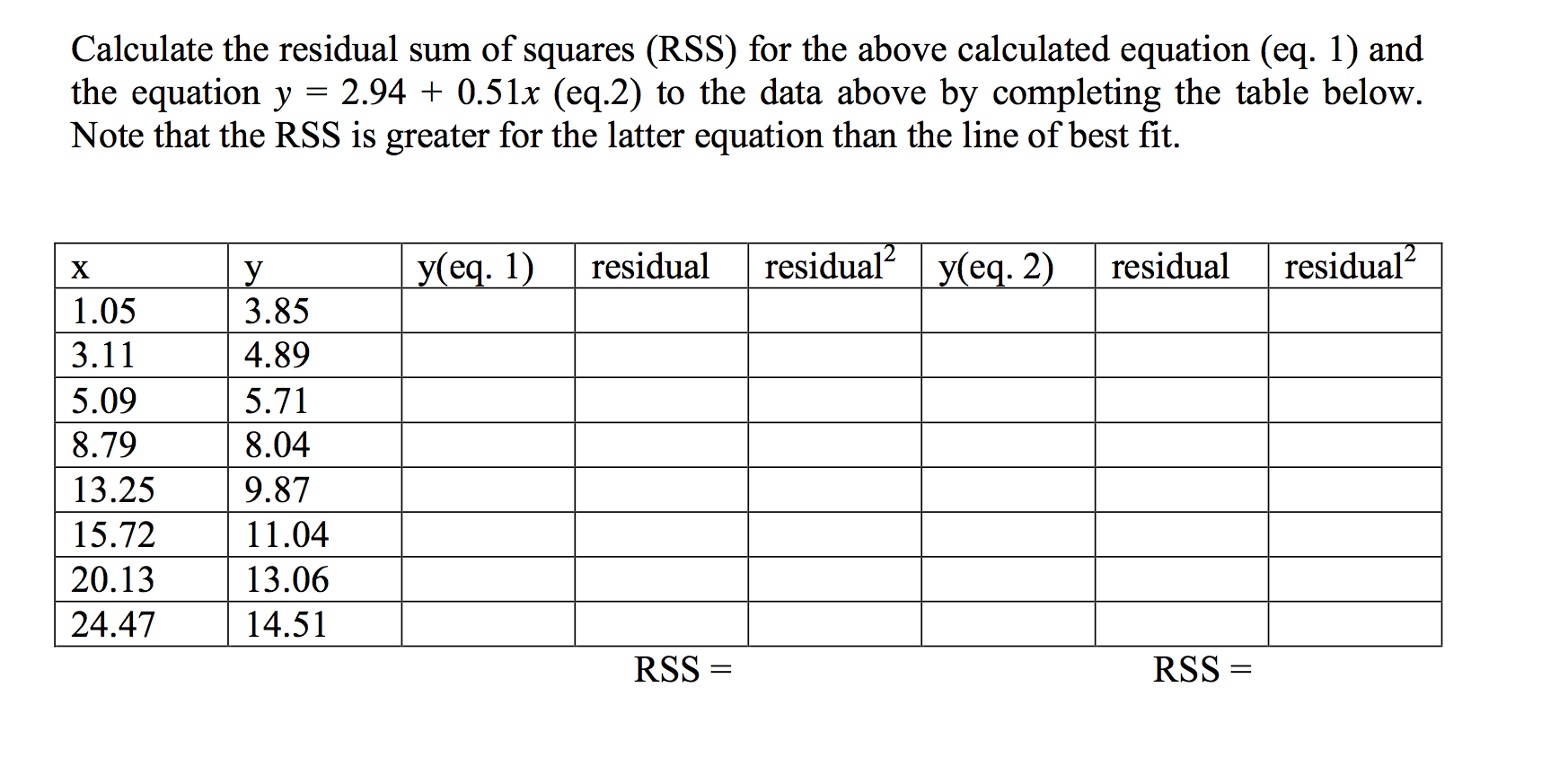
In this example, the data don't follow the line of identity very well. Prism always plots both axes in the same units as the Y values of the data. QQ plots sometimes plots one or both axes as percentiles or quantiles (same as percentiles but as fractions rather than percentages). If the assumption is true, the points should all be very close to the line of identity, shown in red on the graph. An assumption of regression is that the residuals are sampled from a Gaussian distribution, and this plot lets you assess that assumption. The Y axis plots the predicted residual (or weighted residual) assuming sampling from a Gaussian distribution. The X axis plots the actual residual or weighted residuals.

Now it is really clear that the residuals get larger as Y gets larger. residuals, except here the absolute values of the residuals are shown. This graph is made just like the graph of predicted Y vs. But if the curve is biphasic, the two graphs will look more different. So this graph doesn't look very different than the residual vs. In this example the Y values get larger as X values get larger. You can see that the points with larger Y values have larger residuals, positive and negative. The Y axis of the residual plot graphs the residuals or weighted residuals. You can see that the points with large X values have larger residuals (positive and negative).įor each point, Prism calculates the Y value of the curve at that X value, and plots that Y value on the X axis of the residual plot. Prism 7 and earlier only created this kind of residual plot. If you look carefully, you can see that the points at the top of the curve have more scatter, but it isn't so obvious. The fit was done the usual way without weighting. The random scatter was chosen so the points with larger Y values have larger average scatter. Simply select the checkboxes next to the name of the residual graphs that you would like to include with the analysis results. Prism allows you to create as many of these residual graphs from nonlinear regression as you'd like. Predicted residual if residuals are sampled from a Gaussian distribution Prism provides five types of graphs that can be used to investigate the residuals of a model fit:Ībsolute value of residual or weighted residual

Weighted nonlinear regression minimizes the sum of the squares of these weighted residuals.Įarlier versions of Prism (up to Prism 4) always plotted basic unweighted residuals, even if you chose to weight the points unequally. The weighted residual is defined as the residual divided by Y.

This means that the squared residual is divided by Y 2. The Prism dialog gives the choice to weight by 1/Y 2.

Note the ambiguity in defining weighting. Weighted nonlinear regression minimizes the sum of the square of these residuals. In this case, the residual is defined to be the distance of the point from the curve divided by the Y value of the curve. The most common common alternative weighting is "Weight by 1/Y 2 (minimize relative distances squared)". The residual that Prism tabulates and plots equals the residual defined in the prior paragraph, divided by the weighting factor. If you choose to weight your data unequally, Prism adjusts the definition of the residuals accordingly. Mild deviations of data from a model are often easier to spot on a residual plot than on the plot of data with curve. Create a residual plot to see how well your data follow the model you selected. A residual is positive when the point is above the curve, and is negative when the point is below the curve. Least-squares regression works to minimize the sum of the squares of these residuals. A residual is the distance of a point from the curve.


 0 kommentar(er)
0 kommentar(er)
